Snake Plant Problems: Leaves Curling On Mother-In-Law’s Tongue
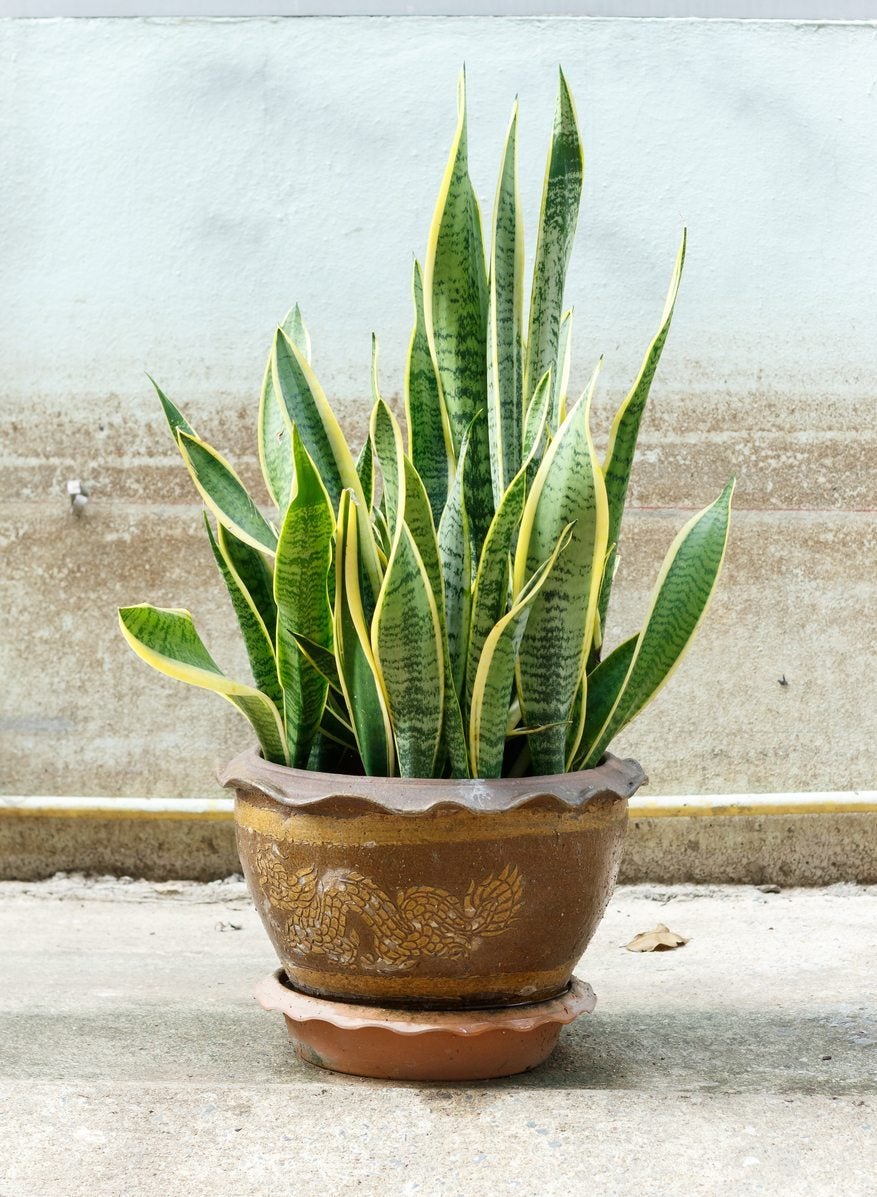

Snake plant problems are rare and these common houseplants are so popular because they are easy to grow. You can neglect your snake plant for weeks and it will still likely thrive. Although this plant is very tolerant, it does need some basic care and it can show problems, including curling leaves, if neglected for too long. Read on for causes and what to do for a snake plant with curling leaves.
Why are My Snake Plant’s Leaves Curling?
Also known as mother in law’s tongue, snake plant is a great houseplant. The leaves of the snake plant are straight and regal, growing nearly as tall as three feet (1 m.) in some varieties. You’ll know something is wrong, though, when you see curled leaves on snake plants. What does this look like? The leaves will curl or fold in on themselves. They may look a little twisted and show signs of weakness before ultimately dying. You can take steps to prevent or manage curling leaves by knowing what to look for. The most likely cause of leaves curling on mother in law’s tongue and other varieties of snake plant is an infestation of thrips. Thrips are a tiny pest that you may not even be able to see. What you can see, though, is the result of the infestation. In addition to the curling leaves, you will see and feel rough patches. This is the result of the pest feeding on the leaves. Thrips can harm and even kill your plant, but these pests may also pass on viral infections, so treating it is essential.
Treating Snake Plants with Curling Leaves
To treat your snake plant that you suspect is infected with thrips, first remove all infected leaves entirely. Dispose of them so that they cannot infect any other plants. Next, wipe down remaining healthy leaves on your snake plant. A wet cotton ball or cloth will suffice, but wipe them down thoroughly and on both sides. While snake plant problems are not common, thrips is an infestation that can wipe out one or more plants. Be aware of the signs and treat your plants accordingly. If a plant does not look like it can be saved, destroy it so that it cannot infect your other plants. Also, keep in mind that strong, healthy plants are less likely to become a smorgasbord to pests. Regular, routine care of your snake plants will go a long way in preventing issues like this.
Gardening tips, videos, info and more delivered right to your inbox!
Sign up for the Gardening Know How newsletter today and receive a free copy of our e-book "How to Grow Delicious Tomatoes".

Mary Ellen Ellis has been gardening for over 20 years. With degrees in Chemistry and Biology, Mary Ellen's specialties are flowers, native plants, and herbs.
-
 Looking For Plants To Give You The Soft And Fuzzies? Try These 5 Fuzzy Leaf Plant Options
Looking For Plants To Give You The Soft And Fuzzies? Try These 5 Fuzzy Leaf Plant OptionsLovers of texture, drama, silver foliage and tactile plants will adore these special sensory garden additions. These fuzzy leaf plant options will leave you all aglow
By Susan Albert
-
 Get Ready For A Summer Of Hummers! Grow These Full Sun Hummingbird Plants and Flowers
Get Ready For A Summer Of Hummers! Grow These Full Sun Hummingbird Plants and FlowersIf you’re lucky enough to enjoy a sunny backyard, make sure you are maxing out on your pollinator opportunities and grow these full sun hummingbird plants and flowers
By Tonya Barnett
-
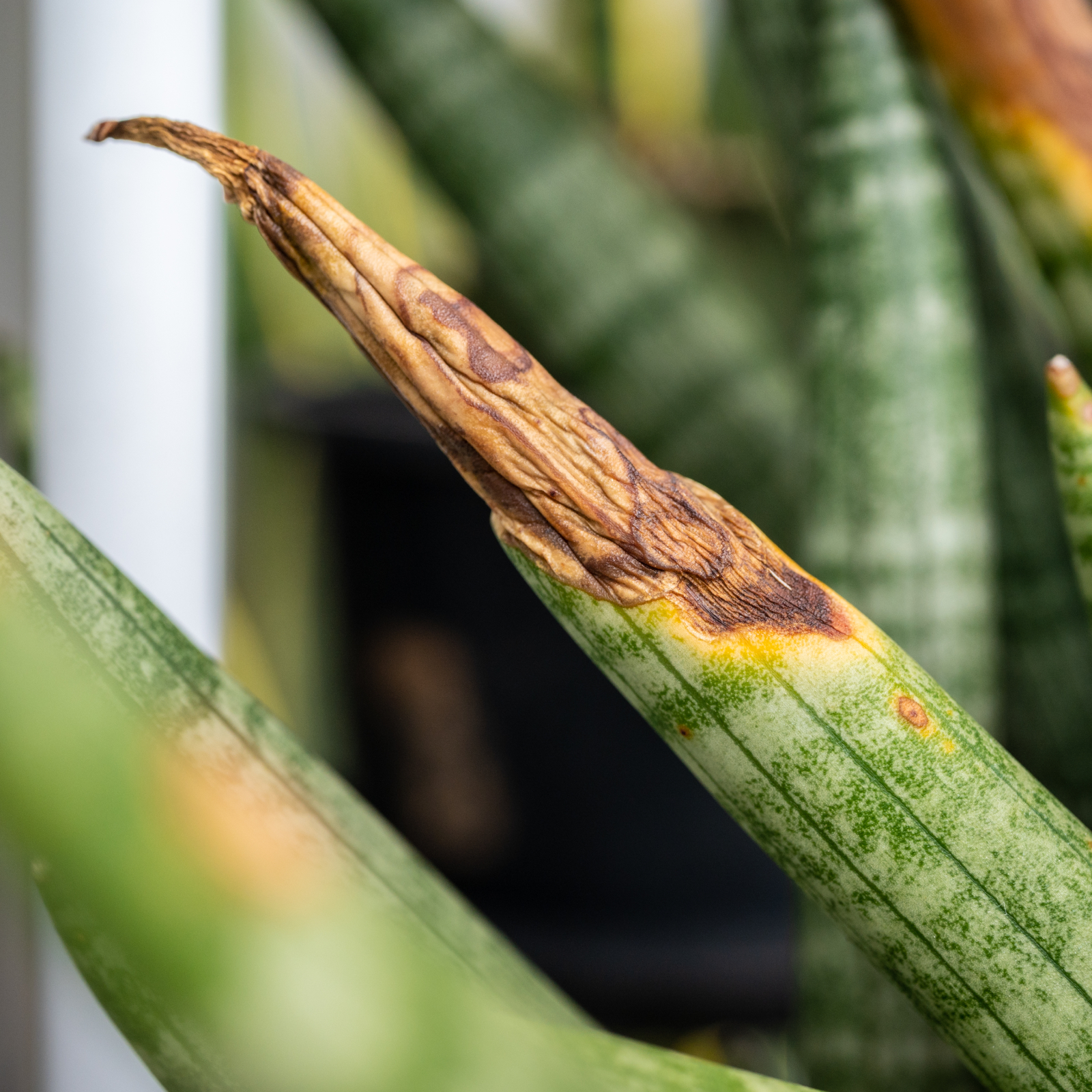 Help, My Snake Plant Is Mushy! Advice For Root Rot In Snake Plants
Help, My Snake Plant Is Mushy! Advice For Root Rot In Snake PlantsSnake plants are hardy houseplants, but they can be susceptible to root rot. Learn how to prevent and treat this common snake plant problem.
By Amy Grant
-
 Are Snake Plants Toxic To Dogs? Keep Your Pup Safe Around These Popular Houseplants
Are Snake Plants Toxic To Dogs? Keep Your Pup Safe Around These Popular HouseplantsSnake plants are incredibly popular houseplants because of their hardy nature, but are they dangerous to human's best friend? Learn how to keep your pup safe.
By Amy Grant
-
 Snake Plant Getting Enough Light? Understanding Light Requirements And How To Adjust
Snake Plant Getting Enough Light? Understanding Light Requirements And How To AdjustSnake plant light requirements aren’t as stringent as for some houseplants, but the right lighting is important for their growth and well-being.
By Tonya Barnett
-
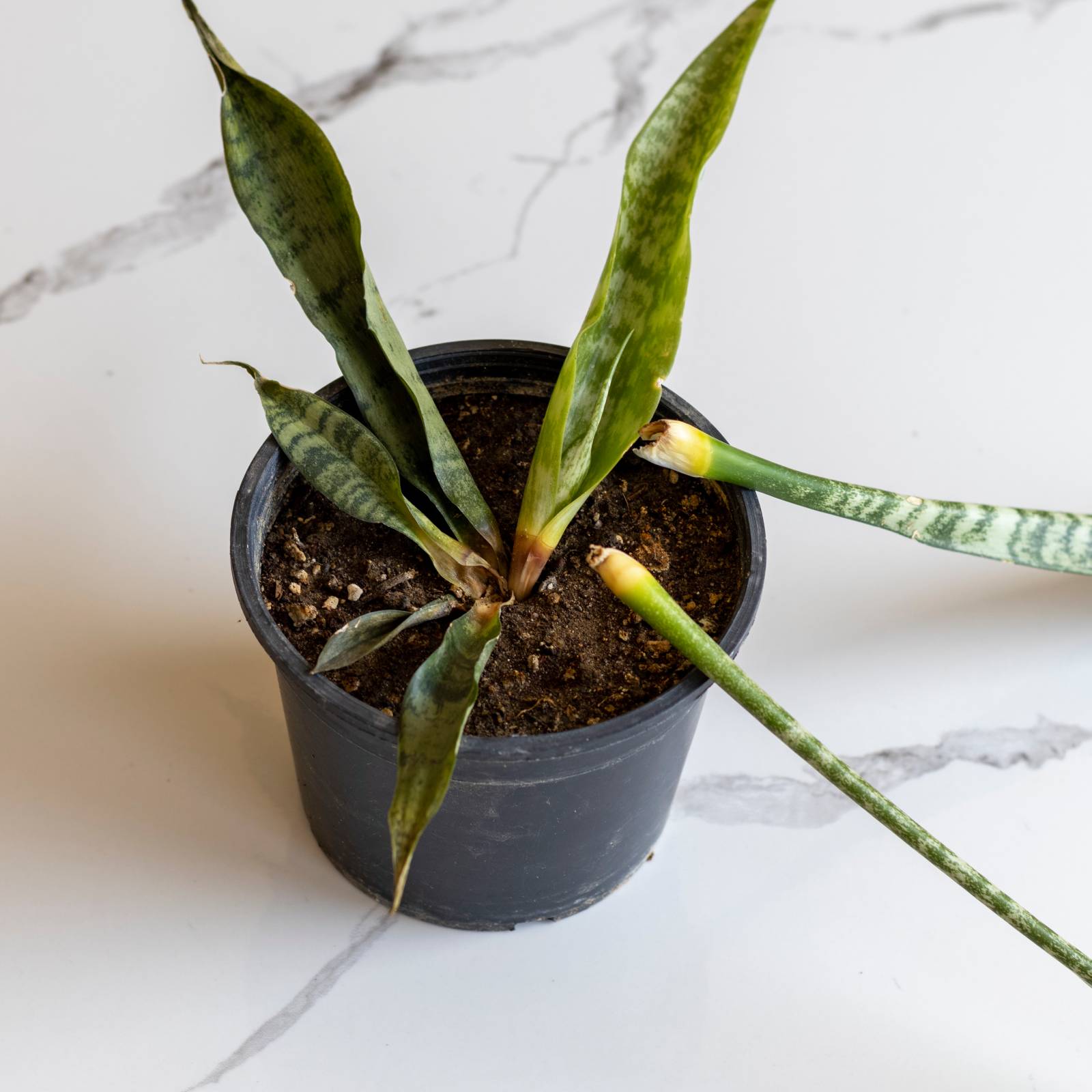 Telltale Signs Of An Overwatered Snake Plant – And How To Fix This Fatal Mistake
Telltale Signs Of An Overwatered Snake Plant – And How To Fix This Fatal MistakeBy Bonnie L. Grant
-
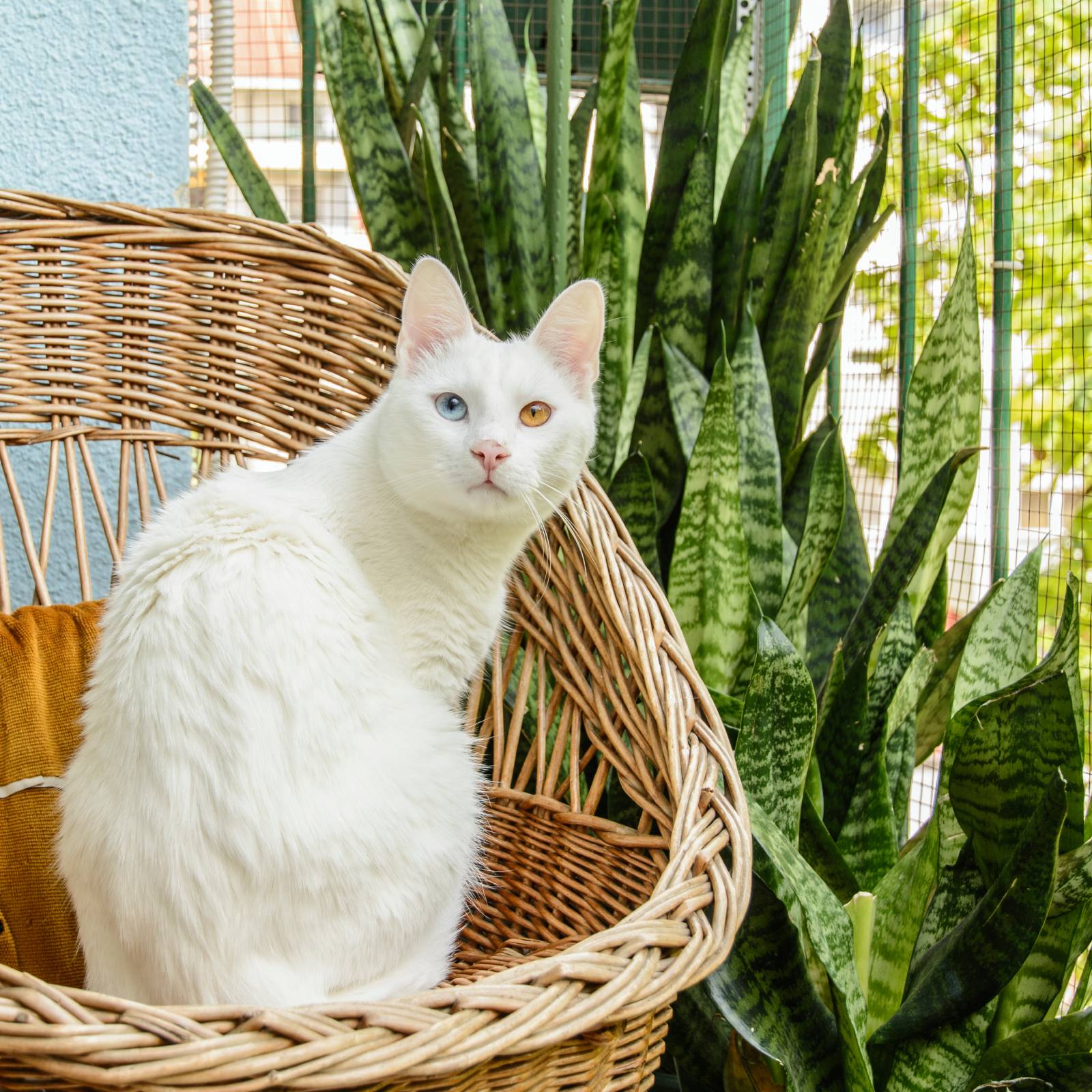 Are Snake Plants Toxic To Cats? Here’s How To Protect Your Felines And Avoid Trouble
Are Snake Plants Toxic To Cats? Here’s How To Protect Your Felines And Avoid TroubleAre snake plants toxic to cats? A good rule of thumb is to simply keep the plant where kitty can’t get to it.
By Mary Ellen Ellis
-
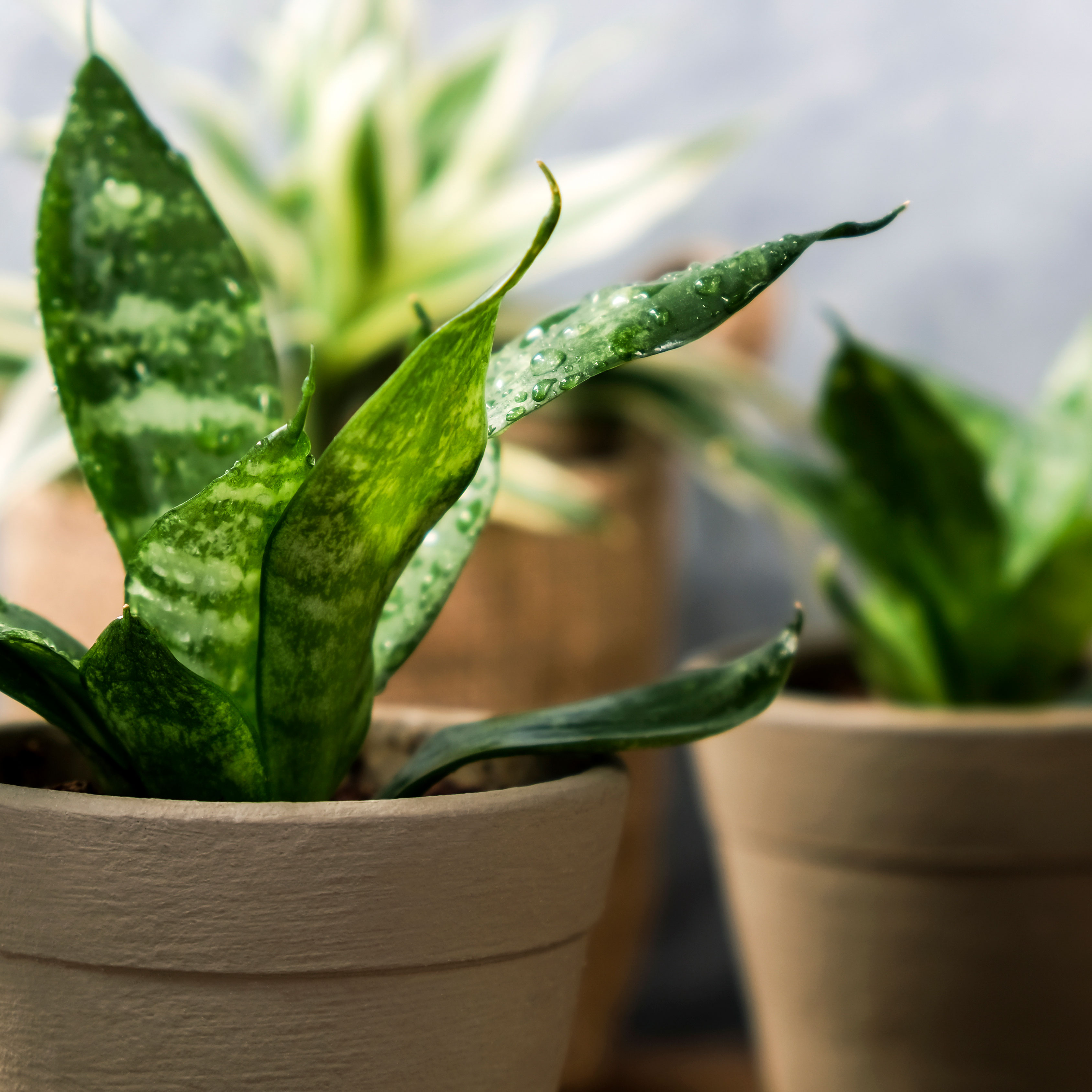 Mini Snakes: Try These 6 Small Snake Plant Varieties For A Cute And Compact Indoor Plant
Mini Snakes: Try These 6 Small Snake Plant Varieties For A Cute And Compact Indoor PlantYou love the drama and structure of a snake – but what if you don’t have much indoor space? These small snake plant varieties are ideal for mini pot perfection
By Teo Spengler
-
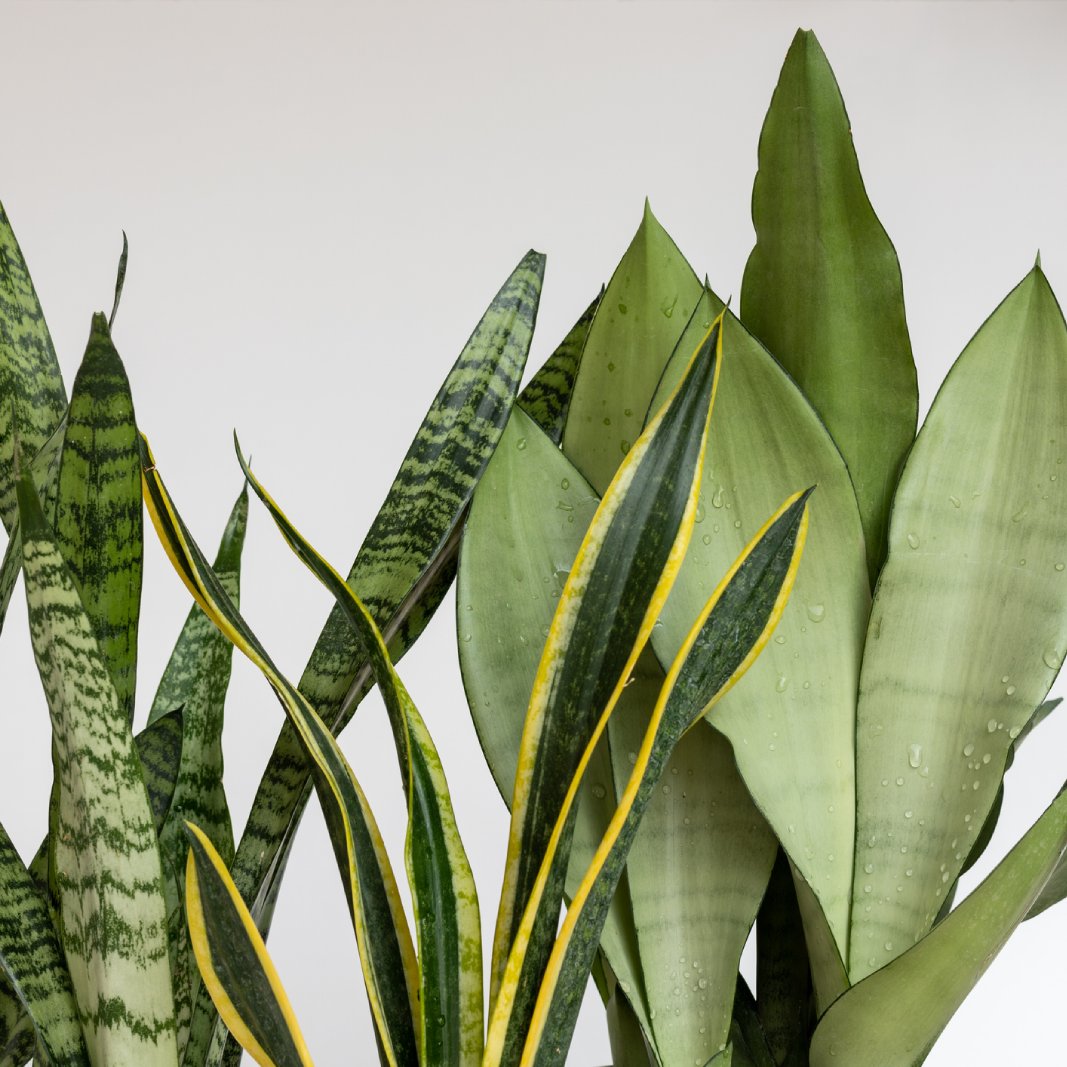 10 Snake Plant Varieties To Elevate Your Indoor Plant Collection
10 Snake Plant Varieties To Elevate Your Indoor Plant CollectionDon’t let the name fool you - snake plants are friendly, beautiful, and easy to grow. Here are 10 of my favorites you may not have heard of.
By Bonnie L. Grant
-
 Tips For Transplanting A Snake Plant
Tips For Transplanting A Snake PlantSnake plants require very little care, which can make it difficult to judge if repotting one would be beneficial. Read on for tips.
By Laura Miller